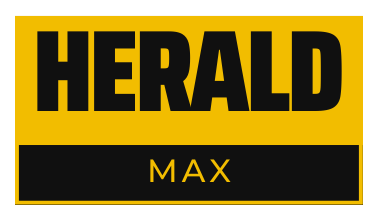
Pain management is a critical aspect of healthcare, particularly for individuals experiencing acute or chronic pain. While opioids have traditionally been used to manage pain, concerns about addiction, dependence, and side effects have led to a growing interest in alternative approaches. In this article, we explore effective pain management strategies that do not rely on opioids, providing safe and comprehensive options for individuals seeking relief from pain.
Non-Opioid Medications:
Non-opioid medications, such as nonsteroidal anti-inflammatory drugs (NSAIDs), acetaminophen, and muscle relaxants, are commonly used to manage pain of varying intensities. NSAIDs, including ibuprofen and naproxen, reduce inflammation and provide relief from mild to moderate pain. Acetaminophen, available over-the-counter, is effective for mild to moderate pain and fever. Muscle relaxants help alleviate pain associated with muscle spasms and tension.
Physical Therapy and Exercise:
Physical therapy and exercise play a crucial role in pain management by improving mobility, strength, and flexibility, and reducing pain symptoms. Physical therapists use a combination of exercises, stretches, manual therapy techniques, and modalities such as heat or cold therapy to address pain and restore function. Tailored exercise programs can help individuals manage chronic pain conditions such as back pain, arthritis, and fibromyalgia.
Mind-Body Techniques:
Mind-body techniques such as mindfulness meditation, relaxation techniques, guided imagery, and deep breathing exercises can effectively reduce pain perception and promote relaxation. These techniques help individuals manage stress, anxiety, and emotional distress, which can exacerbate pain symptoms. By fostering a sense of calm and inner peace, mind-body techniques empower individuals to cope with pain more effectively and improve their overall well-being.
Acupuncture and Acupressure:
Acupuncture and acupressure are ancient healing practices rooted in Traditional Chinese Medicine that involve stimulating specific points on the body to alleviate pain and promote healing. Acupuncture involves the insertion of thin needles into targeted acupuncture points, while acupressure applies pressure to the same points using fingers or massage tools. These therapies are believed to regulate the body’s energy flow and release endorphins, natural pain-relieving chemicals.
Nerve Blocks and Interventional Procedures:
Nerve blocks and interventional procedures offer targeted pain relief by disrupting pain signals transmitted by nerves. These minimally invasive procedures involve the injection of local anesthetics, steroids, or neurolytic agents into specific nerves or areas of the body affected by pain. Common examples include epidural steroid injections for back pain, nerve blocks for migraines, and joint injections for arthritis pain.
Effective pain management without opioids requires a comprehensive and multidisciplinary approach that addresses the underlying causes of pain and promotes overall well-being. By utilizing non-opioid medications, physical therapy and exercise, mind-body techniques, acupuncture and acupressure, and interventional procedures, individuals can effectively manage pain while minimizing the risk of addiction, dependence, and other opioid-related complications. At Cleveland Clinic Abu Dhabi, we offer a range of evidence-based pain management strategies tailored to meet the unique needs of each patient, ensuring safe and effective relief from pain.




